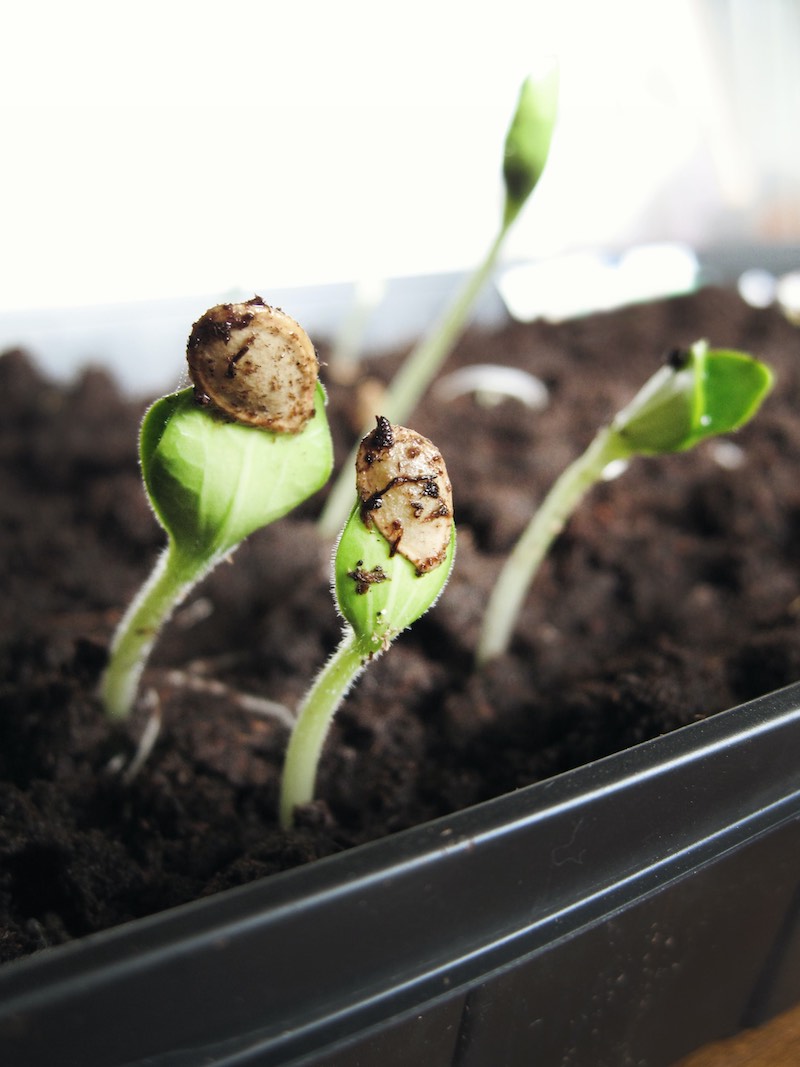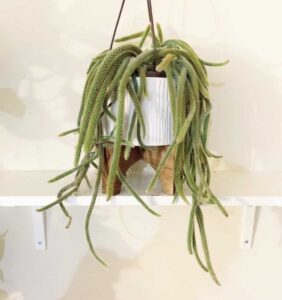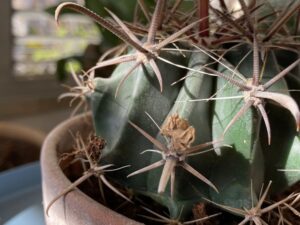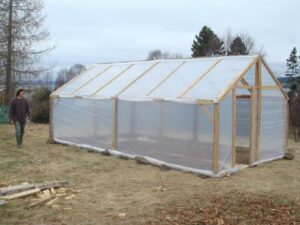Seedlings are the tender beginnings of plants, embodying the secret promise of a flourishing garden. They are delicate and often vulnerable as they establish robust roots and adapt to their surroundings. Among the myriad of questions budding gardeners face, one of the most crucial is how often should one water seedlings? This inquiry not only affects the immediate health of the plants but plays a significant role in their long-term growth and resilience. Understanding the nuances of watering seedlings can illuminate the relationship between plants and their environment.
Water is the lifeblood of plants, and seedlings, with their immature structures, require a meticulous balance to thrive. Overwatering, while a common mistake for many novice gardeners, is often more detrimental than underwatering. Unlike mature plants with established root systems, seedlings thrive in a more controlled moisture environment. This guide aims to elucidate the parameters of watering seedlings, spotlighting the importance of moisture, the indicators of ideal conditions, and the intrinsic needs of your fledgling plants.
Understanding the Moisture Needs of Seedlings
Seedlings, particularly within the initial weeks of germination, possess shallow root systems. These tender roots are sensitive to moisture fluctuations, making it essential to maintain consistent humidity. The medium in which the seedlings rest—be it soil, peat, or another substrate—acts as a reservoir for moisture, and understanding its water-holding capacity is pivotal. For example, a potting mix that retains water yet allows for aeration is ideal for nurturing young plants.
When watering seedlings, it is not merely a matter of quenching their thirst. Anakin’s moisture needs can be profoundly influenced by numerous variables, including temperature, humidity levels, and the size of the pot. Warmer temperatures and lower humidity require more frequent watering, as evaporation rates can be higher. Conversely, in cooler conditions, the soil may retain moisture for extended periods, requiring less frequent interventions. Observational skills and a nuanced understanding of your environment are vital for successful watering.
Visual Indicators: How to Recognize When to Water
Beginner gardeners must sharpen their observational acuity. Seedlings provide hints, though subtle, regarding their hydration status. One of the primary indicators is soil texture. When the top inch of the soil dries out, it’s typically time to water. However, sticking your finger into the soil can provide more definitive feedback. If the soil feels dry a couple of inches down, it’s time for hydration.
Additionally, leaf color and texture can be telling tales of seedling health. A vibrant green hue usually suggests adequate moisture, while discolored or wilting leaves can signal distress. If seedlings appear droopy or limp, they are likely in need of water, but caution must be exercised. Overwatering leads to root rot, characterized by blackened roots and a distinctly sour smell.
The Art of Watering: Techniques and Timing
Implementing proper watering techniques can transform the survival rate of seedlings. A gentle hand is necessary to avoid displacing young roots. A spray bottle or a watering can with a narrow spout can facilitate controlled watering. The goal is to saturate the soil without creating puddles; this ensures that water penetrates the soil evenly, reaching the root zone while minimizing the risk of fungal diseases.
Timing is equally significant. Watering seedlings in the early morning allows the soil to absorb moisture before the heat of the day, reducing evaporation. Conversely, evening watering can lead to prolonged wet soil conditions, which may encourage mold growth and invite disease. It is essential to adjust these practices according to your specific environmental conditions and the needs of your seedlings.
The Importance of Aeration and Drainage
Equally pressing as the question of frequency is the matter of aeration and drainage. Seedlings thrive in soil that drains well yet maintains moisture. The presence of aggregates, such as perlite or vermiculite, enhances aeration, encouraging robust root development. It is advisable to opt for seed-starting mixes designed for optimal drainage and aeration properties. Additionally, employing pots with substantial drainage holes prevents water from pooling at the bottom, mitigating the risks of rot.
In the realm of gardening, the essential interplay between soil quality, moisture control, and plant health cannot be overstated. By investing time in understanding the specific requirements of your seedlings, you open the door to a thriving gardening experience. Remember, while seedlings may appear fragile, with careful attention and informed practices, they can evolve into the robust plants you aspire to cultivate.
Conclusion: The Voyage from Seedling to Flourishing Plant
Navigating the journey from seedling to flourishing plant entails more than basic care; it requires a dedication to understanding the subtle nuances of plant hydration. Symbiosis between gardener and plant flourishes with knowledge, and each decision can nurture a deeper connection to the art of gardening. As you embark on this verdant journey, let the simple act of watering become a deeply engaging ritual, fostering not only growth but also your appreciation for the natural world. As each seedling emerges and grows, it stands not merely as a plant but as a testament to patience, care, and learning. Embrace the process, for within it lies the profound beauty of life itself.




Leave a Comment